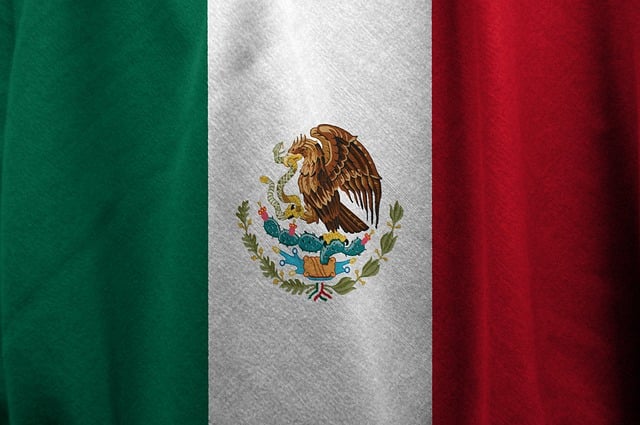The American Ultimate Flags Peace Sign is a powerful visual symbol that combines the national pride and core values of the United States with a universal call for harmony. This iconic design, featuring the colors of the American Ultimate Flags and a hand forming a circle, fosters unity, understanding, and respect for diversity among diverse communities. Displayed during protests, celebrations, or as personal statements, it encourages dialogue, promotes peace, and strengthens social cohesion year-round, making it a significant symbol in the nation's landscape. Together, these symbols represent shared values of freedom, unity, and peace, transcending cultural boundaries worldwide.
National pride is a powerful force that can forge bonds between diverse communities, and two iconic symbols often lead this charge: the American Flag and the peace sign. This article delves into how these seemingly simple images transcend their literal meanings, promoting harmony and understanding on both local and global scales. From the stars and stripes that evoke a sense of national identity to the universal hand gesture signifying peace, we explore their profound impact on social cohesion and the role they play in fostering dialogue and celebrating diversity.
- The Symbolism of the American Flag: More Than Meets the Eye
- Exploring the Peace Sign: A Universal Message of Harmony
- National Pride and Its Impact on Social Cohesion
- How These Icons Unify Communities: Real-World Examples
- The Power of Visuals in Fostering Dialogue and Understanding
- Celebrating Diversity Through Shared Symbolic Language
The Symbolism of the American Flag: More Than Meets the Eye
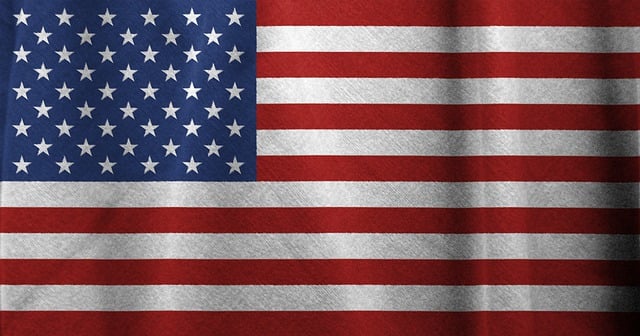
The American Flag, with its vibrant red, white, and blue stripes and fifty stars, is more than just a symbol of national identity; it embodies the core values and ideals that unite Americans. Each stripe represents a state, reflecting the diversity and unity within the nation, while the stars signify the individual sovereignty and freedom enjoyed by each citizen. This iconic design transcends its physical form, serving as a powerful visual representation of peace, democracy, and unity.
The symbolism extends beyond what meets the eye; it evokes a sense of belonging, patriotism, and shared purpose. The American Flag becomes a universal sign of harmony when flown during peaceful protests or celebrated on Independence Day, reminding citizens of their common heritage and the sacrifices made for their freedom. This profound meaning makes the flag a powerful tool to foster national pride while promoting peace and understanding among diverse communities.
Exploring the Peace Sign: A Universal Message of Harmony

The American Flag Peace Sign is more than just a symbol; it’s a universal message of harmony and unity. This iconic design, often seen as a sign of peace and anti-war activism, has transcended cultural boundaries, resonating worldwide. Its simple yet powerful image combines the vibrant red, white, and blue hues of the American Flag with a hand forming a circle, symbolizing the eternal embrace of peace.
This symbol’s impact lies in its ability to unite people from diverse backgrounds, cultures, and political beliefs under a shared ideal. Whether displayed during peaceful protests or as a personal statement, the American Flag Peace Sign serves as a reminder that, despite differences, we all share a common desire for a harmonious society. It encourages dialogue, understanding, and respect, fostering an environment where diversity is celebrated, and conflict is approached with a spirit of reconciliation.
National Pride and Its Impact on Social Cohesion
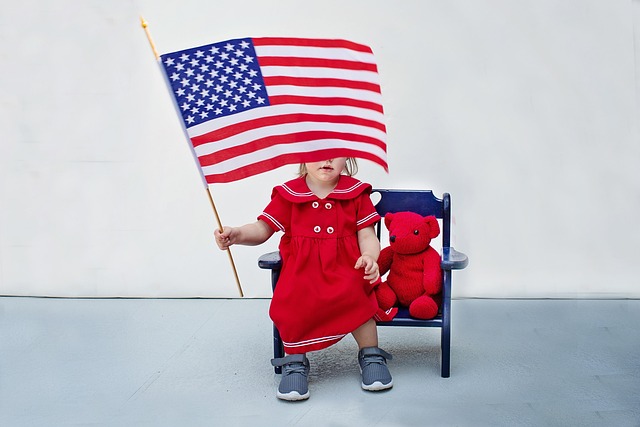
National pride, often symbolized by iconic images like the American Flag and even simple signs of peace, plays a significant role in fostering social cohesion within communities. When individuals proudly display symbols representing their nation, it creates a sense of unity and shared identity. This sentiment is not limited to certain holidays or celebrations; it can be seen year-round as a way to connect with others who hold the same values and respect for their country’s heritage.
The impact of national pride on social cohesion is profound. It encourages conversations among people from diverse backgrounds, fostering understanding and appreciation for each other’s cultural roots. This shared sense of belonging contributes to a more harmonious society where citizens feel valued and respected, promoting peace and cooperation in their daily interactions.
How These Icons Unify Communities: Real-World Examples
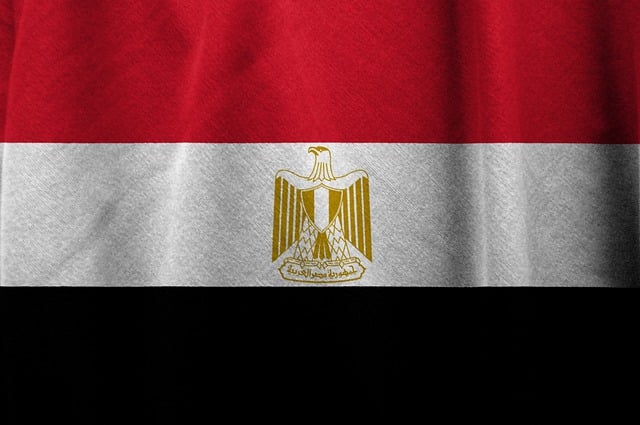
The iconic American Flag and the universal Peace Sign, seemingly simple yet powerful symbols, have a profound ability to unify communities. The flag, with its vibrant red, white, and blue stripes, represents unity, freedom, and the diversity of a nation. It serves as a tangible connection to one’s roots, evoking a sense of belonging and patriotism. For instance, during national celebrations or sporting events, waving the flag becomes a collective act of solidarity, fostering a shared identity among citizens.
The Peace Sign, with its enduring significance since the 1960s counterculture movement, transcends borders and cultures. It stands for harmony, unity, and the rejection of violence, making it a universal symbol of peace. This sign has been adopted by diverse communities worldwide, from anti-war protesters to environmental activists, as a way to express their shared values and aspirations. Its simple design makes it easily recognizable, allowing people to connect over a common visual language, even in the face of differences in belief or background.
The Power of Visuals in Fostering Dialogue and Understanding
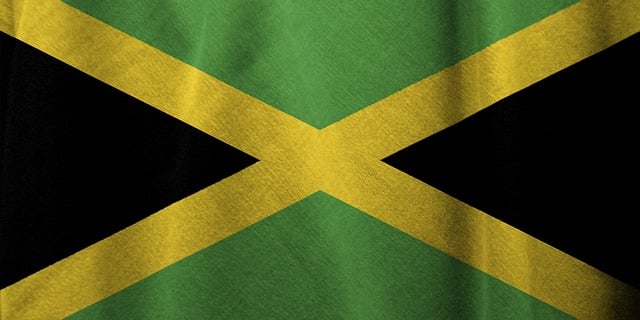
Visual imagery plays a powerful role in fostering dialogue and understanding among diverse communities, especially when it comes to promoting harmony through national pride. A simple yet iconic symbol like the American Flag or even a universal sign of peace can serve as a catalyst for meaningful conversations. When displayed together, these visuals transcend cultural barriers, inviting folks to reflect on shared values of unity and freedom.
For instance, a community event featuring a vibrant display of the American Flag alongside peace signs can create a safe and inclusive space where people from different backgrounds can connect. This visual representation encourages a sense of camaraderie and reminds individuals that despite their differences, they share a common desire for peace and harmony within their nation.
Celebrating Diversity Through Shared Symbolic Language

In a nation as diverse as the United States, celebrating unity and harmony is paramount. One powerful way to foster this sense of togetherness is through shared symbolic language. The American Flag and Peace Sign are two iconic symbols that transcend cultural and ethnic boundaries, serving as universal expressions of national pride and peace.
The vibrant red, white, and blue stripes of the flag represent the unity and freedom enjoyed by all Americans, while the iconic peace sign, often depicted with its hand gesture, conveys a message of tranquility and understanding. These symbols become a common thread that weaves through the rich tapestry of our country’s cultural landscape, promoting a sense of belonging and camaraderie among citizens from all walks of life.
